Ethiopia, a country steeped in history and culture, is also a treasure trove of artistic expressions. From the ancient religious paintings adorning the walls of rock-hewn churches to the vibrant rhythms of traditional music, Ethiopia’s artistic heritage is as diverse as it is rich. This article will take you on a journey through the artistic landscape of Ethiopia, exploring traditional music performances, visiting art galleries, and immersing in the ancient religious art that forms an integral part of the country’s cultural fabric.
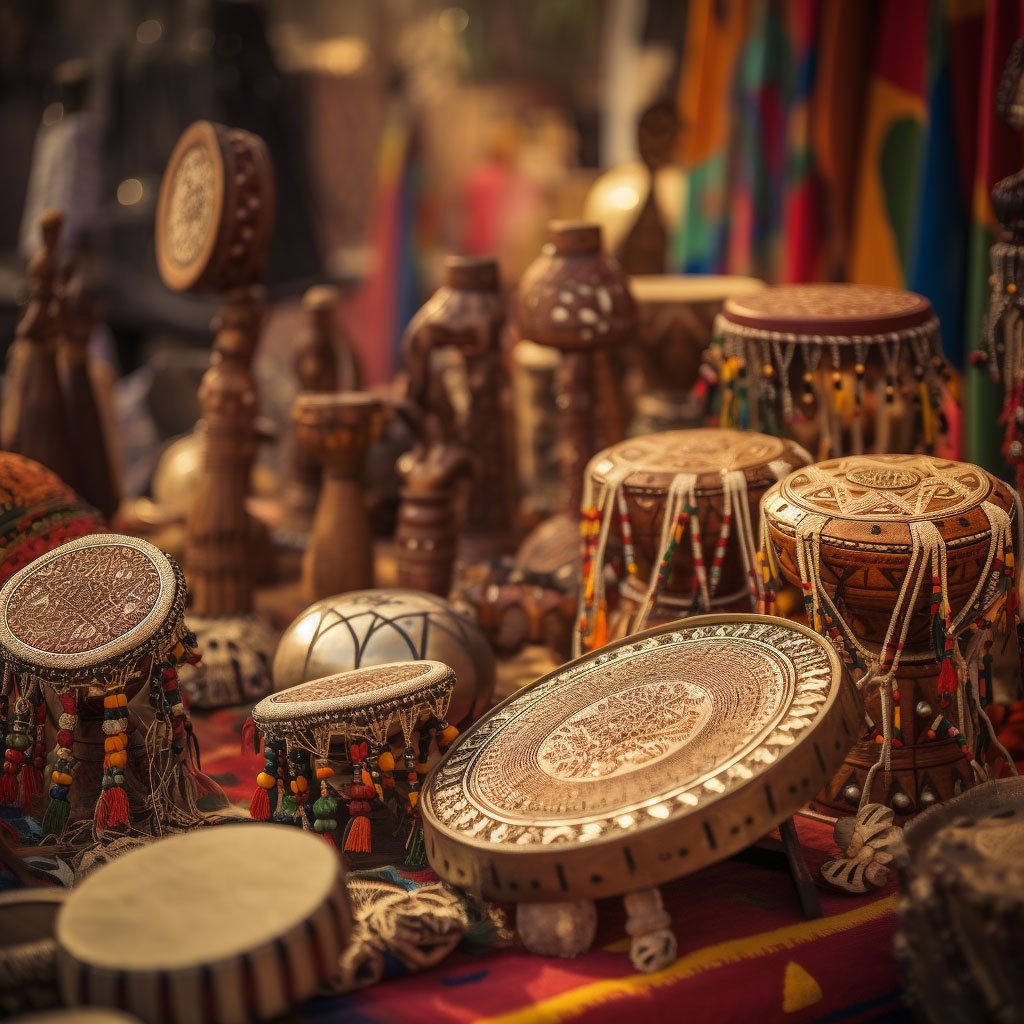
The Vibrancy of Ethiopian Music
Music is an integral part of Ethiopian culture, serving as a medium of storytelling, a form of expression, and a cornerstone of social and religious gatherings. Ethiopian music, characterized by its unique scales and modal system, offers a sonic experience that is both unique and captivating.

Our exploration of Ethiopian music begins with traditional music performances. These performances, often accompanied by dance, offer a glimpse into the rich musical traditions of the country. Instruments like the ‘krar’ (a stringed instrument), the ‘masinko’ (a single-stringed fiddle), and the ‘kebero’ (a double-headed drum), create a melodic and rhythmic tapestry that is distinctly Ethiopian.

One of the most iconic forms of Ethiopian music is ‘Ethio-jazz’, a fusion of traditional Ethiopian music with jazz, pioneered by the legendary Mulatu Astatke. Attending an Ethio-jazz performance is a must for any music enthusiast, offering a sonic journey that blends the traditional with the contemporary.
Church Music: A Sacred Tradition
Church music forms an integral part of Ethiopia’s musical heritage. The Ethiopian Orthodox Church, one of the oldest Christian churches in the world, has a rich tradition of liturgical music. The music, characterized by its haunting melodies and intricate rhythms, adds a spiritual dimension to the religious ceremonies. The ‘begena’, a large ten-stringed lyre, is often used in these ceremonies, its resonant tones creating a meditative atmosphere. Attending a church service, with its blend of music, chant, and ritual, offers a unique insight into the sacred music traditions of Ethiopia.
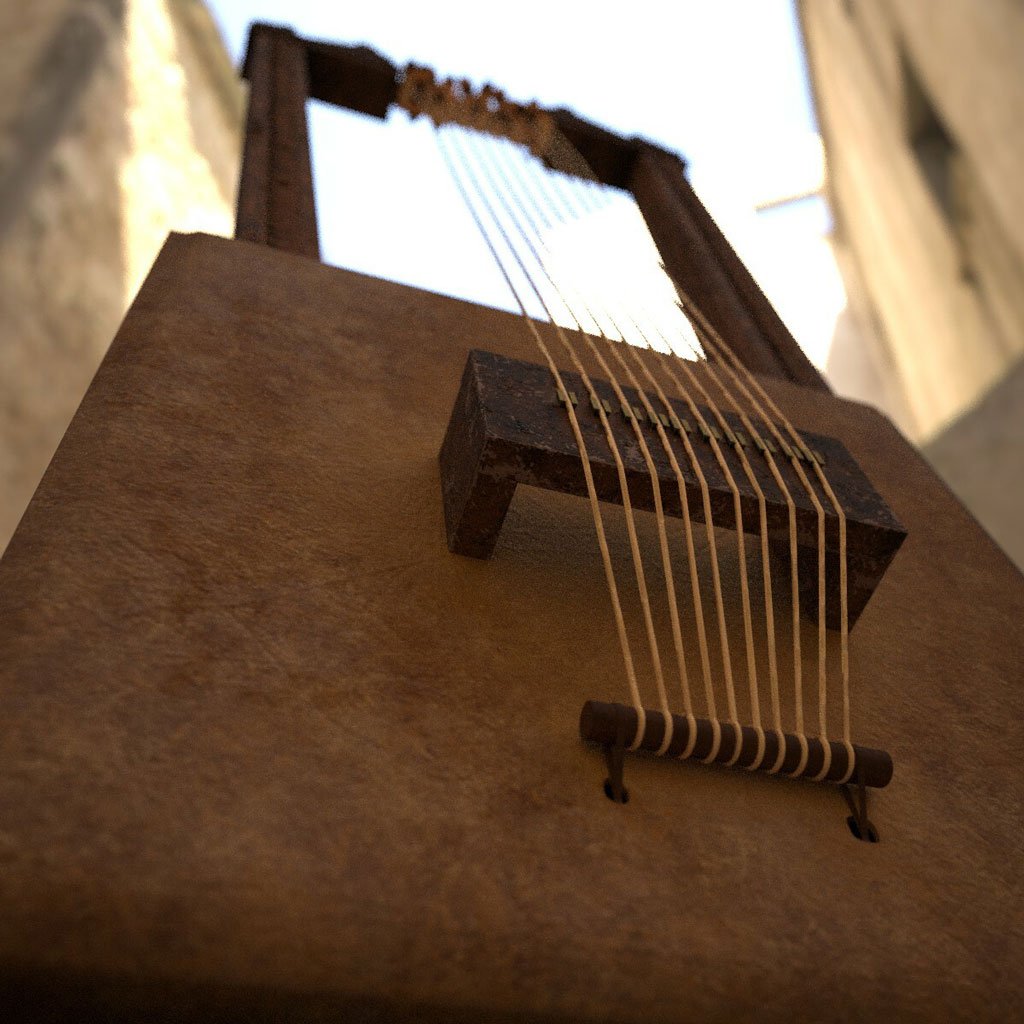
Exploring Ethiopian Art Galleries
Ethiopia’s visual art scene, much like its music, is a blend of traditional and contemporary expressions. The country’s art galleries showcase a wide range of artworks, from traditional religious paintings to contemporary abstract art. These galleries not only display the artistic talent of Ethiopia but also serve as a platform for cultural dialogue and artistic innovation.
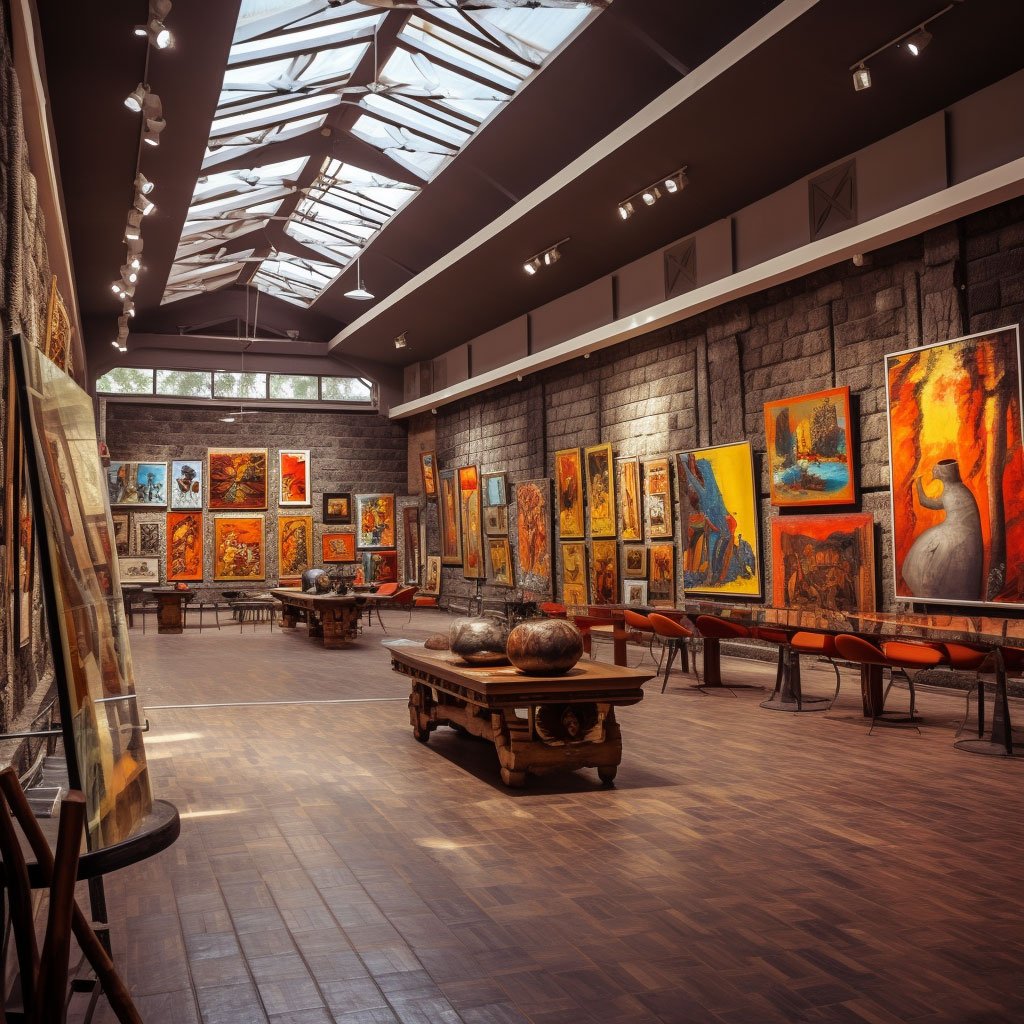
In Addis Ababa, the capital city, galleries like the Asni Gallery, the Modern Art Museum, and the Gebre Kristos Desta Center offer a diverse collection of artworks. These galleries showcase works by both established and emerging Ethiopian artists, offering a glimpse into the vibrant art scene of the country.
The Ancient Art of Ethiopian Churches
A visit to Ethiopia would be incomplete without exploring the ancient religious art that adorns the walls of its churches. The rock-hewn churches of Lalibela, a UNESCO World Heritage site, are renowned for their ancient religious paintings. These paintings, depicting biblical scenes and saints, are a testament to the rich artistic heritage of the Ethiopian Orthodox Church.
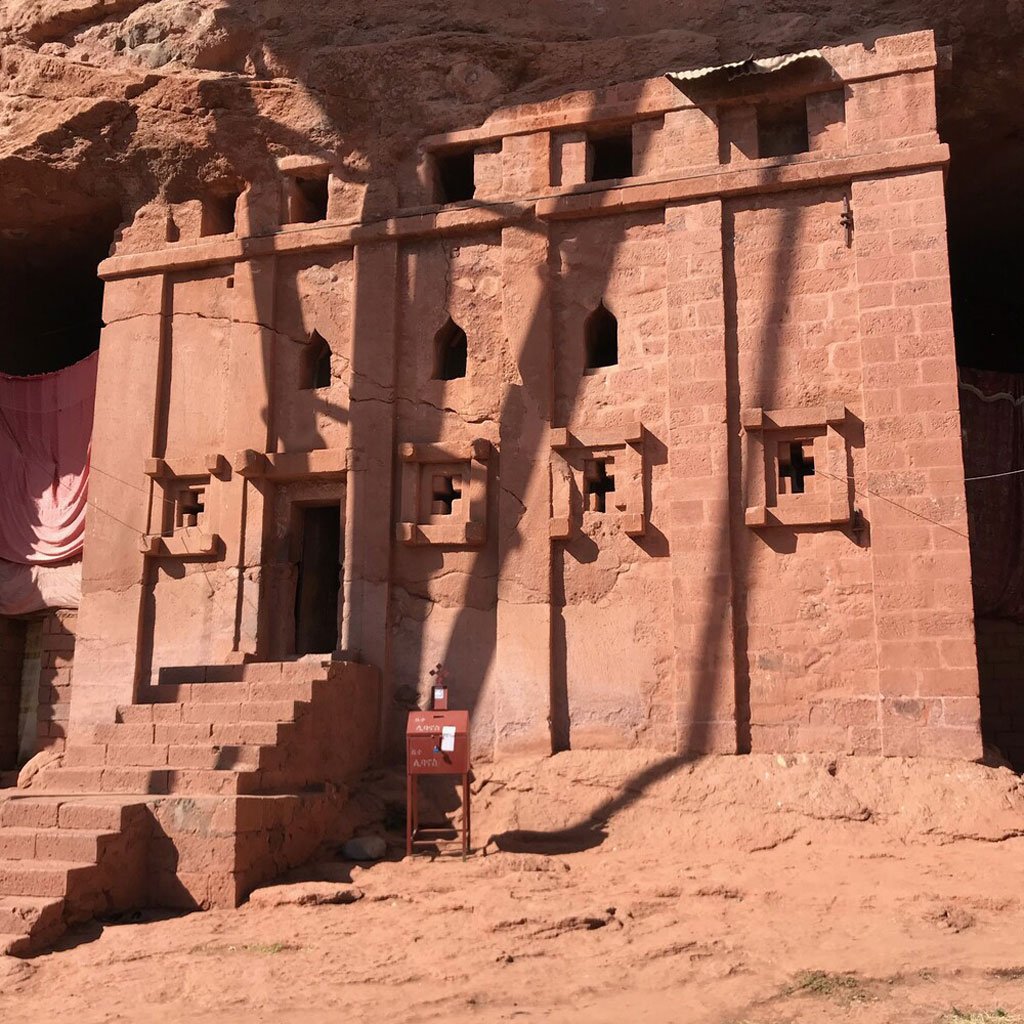
The religious paintings, characterized by their vibrant colors and stylized figures, offer a unique insight into the religious and artistic traditions of Ethiopia. The churches themselves, carved out of solid rock, are architectural marvels, their intricate designs and structures reflecting the artistic ingenuity of the craftsmen.
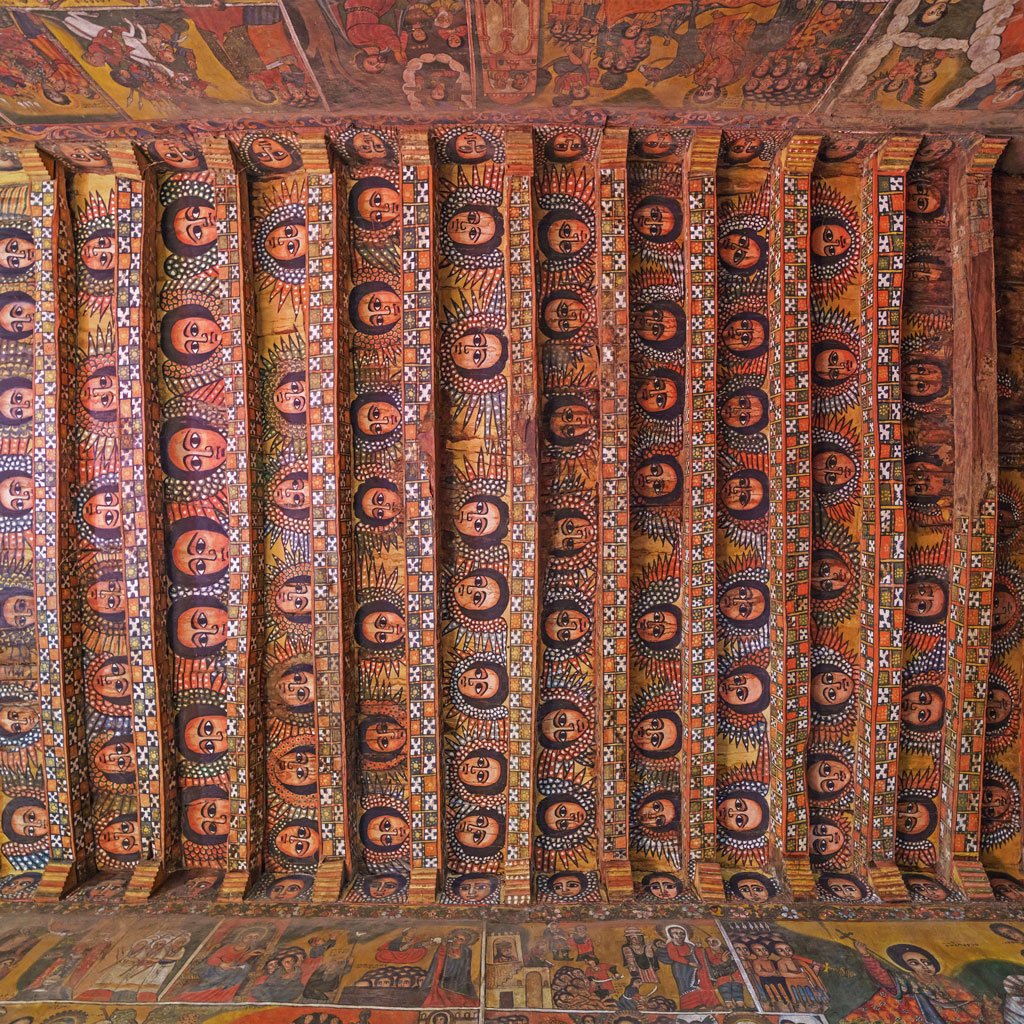
The Debre Berhan Selassie Church in Gondar is another must-visit site for art enthusiasts. The church’s ceiling, adorned with the faces of hundreds of angels, is one of the most iconic pieces of religious art in Ethiopia. The murals on the walls, depicting scenes from the Old and New Testaments, are beautifully preserved examples of Ethiopian religious art.
Artisan Crafts: A Testament to Ethiopian Craftsmanship
Ethiopia’s artistic expressions are not limited to music and paintings. The country’s artisan crafts, from weaving to pottery, are a testament to the skill and creativity of Ethiopian craftsmen. The traditional hand-woven textiles, known as ‘shemma’, are renowned for their quality and intricate designs. The pottery, with its distinctive shapes and patterns, reflects the country’s rich ceramic tradition. Exploring the local markets and craft shops, where these artisan crafts are sold, offers an opportunity to appreciate the craftsmanship and artistic talent of Ethiopia.

The Significance of Art and Music in Ethiopian Culture
Art and music in Ethiopia are more than just forms of entertainment; they are integral parts of the country’s cultural fabric. They serve as mediums of expression, storytelling, and social commentary, reflecting the country’s history, beliefs, and societal changes. The traditional music and dances, the ancient religious paintings, and the artisan crafts, each tell a story about the people and their culture.
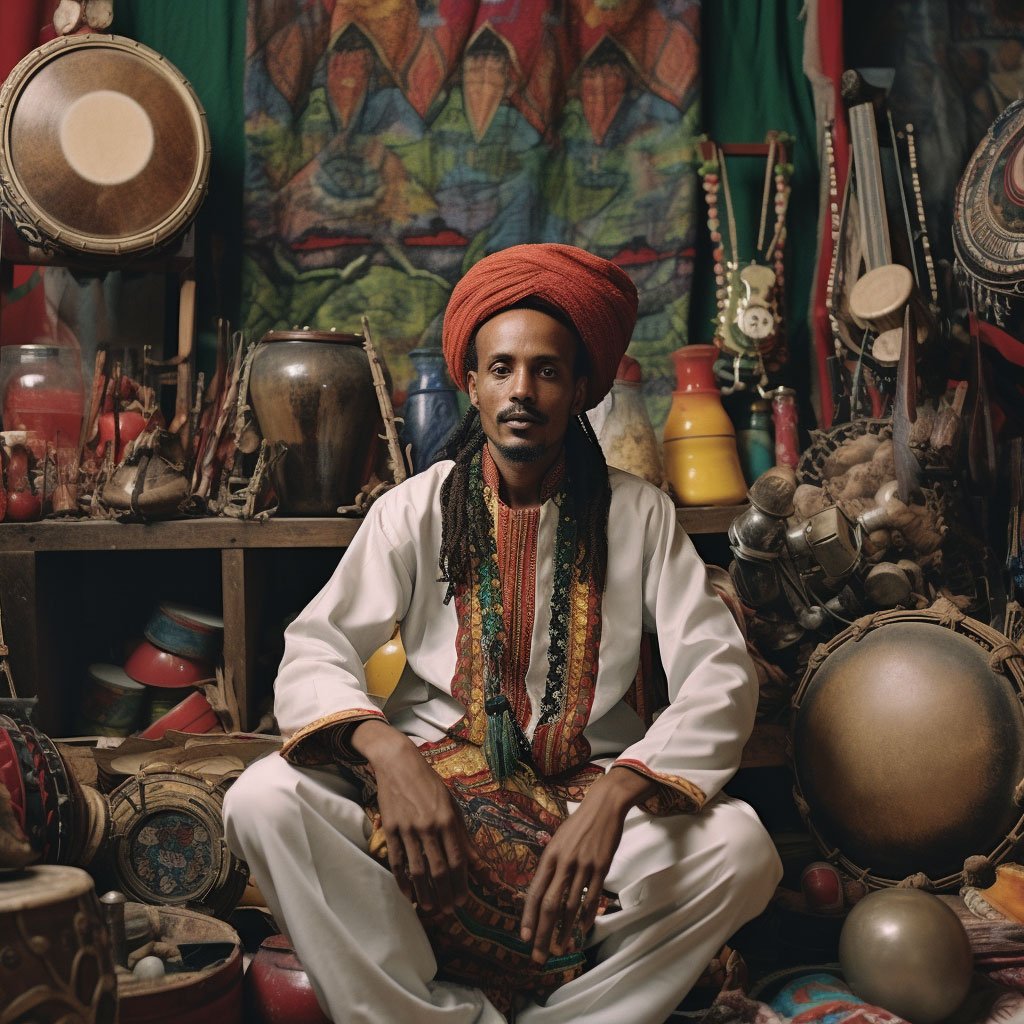
The communal nature of music performances, the spiritual significance of church music, and the social interactions in art galleries and markets, all contribute to the social cohesion and cultural continuity in Ethiopia. These artistic expressions, passed down through generations, are a vibrant manifestation of Ethiopia’s cultural identity and a source of national pride.
Conclusion: A Journey through Ethiopia’s Artistic Heritage
Our journey through Ethiopia’s artistic heritage, from the vibrant rhythms of traditional music to the rich visual art scene, has been an enriching experience. The encounters with the country’s rich artistic traditions, the exploration of art galleries and churches, and the immersion in music performances, have offered a deeper understanding of Ethiopia’s cultural landscape.
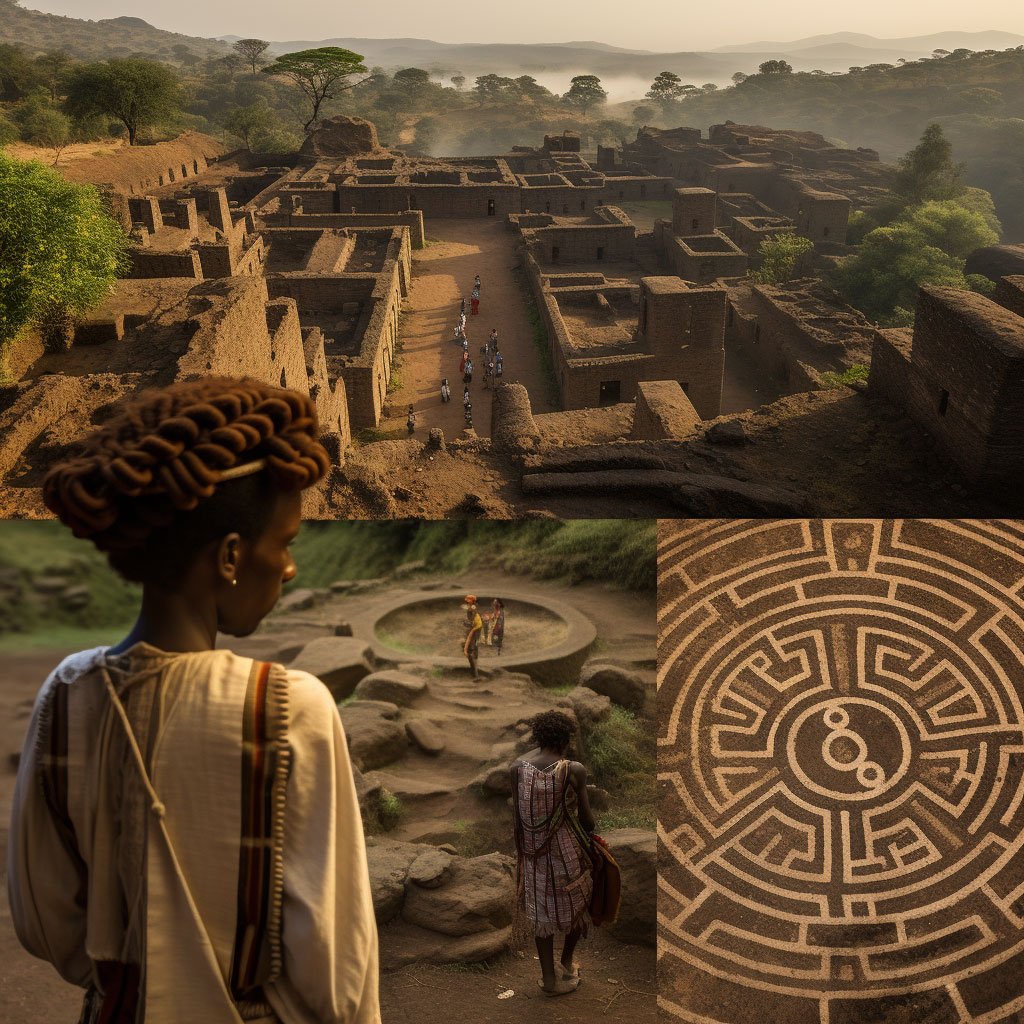
Ethiopia, with its diverse artistic expressions and rich cultural heritage, is a paradise for art and music enthusiasts. The opportunity to immerse oneself in the country’s art and music, to witness age-old traditions and contemporary innovations, is a unique experience that goes beyond the aesthetic. This journey has been a testament to the rich artistic heritage of Ethiopia and a reminder of the significant role art and music play in reflecting and shaping cultures.
As we conclude our artistic journey through Ethiopia, we carry with us not just the melodies and visuals of the country’s art and music, but also a deeper appreciation for the cultural traditions and rituals that surround these artistic expressions. The artistic traditions of Ethiopia, passed down through generations, are a vibrant expression of the country’s cultural identity and a source of community cohesion and pride.
